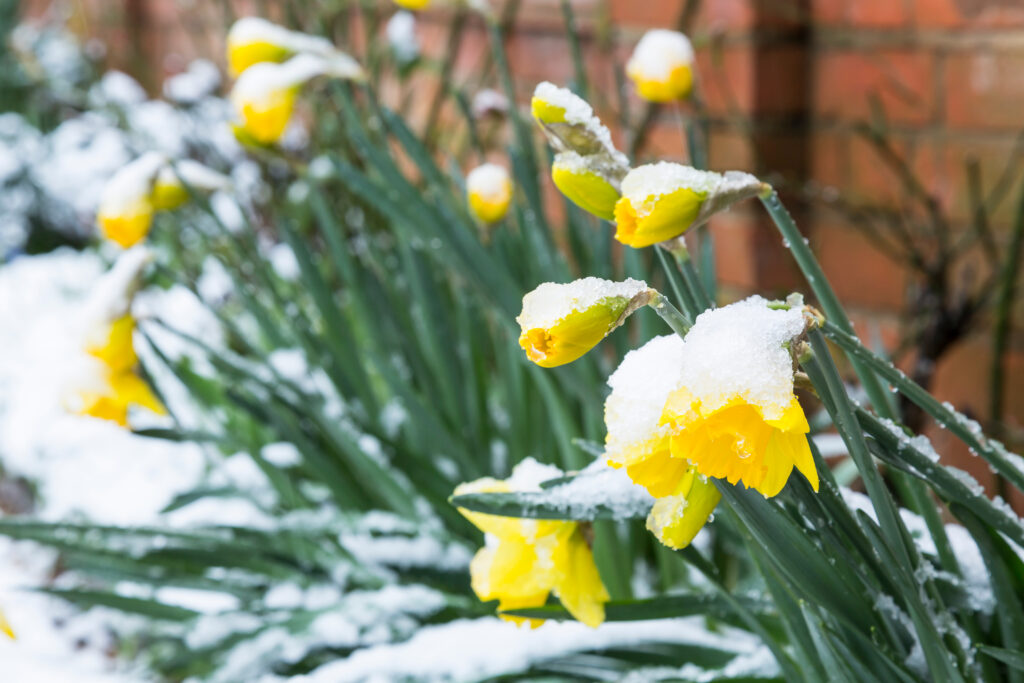Winter can be a tough season for both people and plants. The cold weather and frost can damage your garden, leaving your plants vulnerable and wilted. However, with these practical tips and tricks, you can winterize your plants and ensure they survive the harsh winter months. In this blog post, we’ll discuss how to protect your plants, keep them warm and dry, and ensure they remain healthy into the spring.
Here’s what you need to do:
1. Know your plants
Different plants have different needs when it comes to winterizing. Some plants must be moved indoors, while others can stay outside with added protection. Before you start winterizing, make sure you know the specific requirements of your plants. Check their hardiness zones, their sunlight and temperature needs, and the type of soil they prefer. This will help you decide the best way to treat them.
2. Water your plants
In the winter, plants require less water than they do in the summer. But that doesn’t mean you should neglect them. Water your plants at the base, and avoid getting the leaves and branches wet. Wet plants can freeze and cause damage to the plant tissue. Make sure to check the soil moisture level regularly and add water when needed.
3. Mulch your plants
Mulching your plants can help keep them warm and prevent them from drying out. Apply a thick layer of mulch around the base of the plant, covering the roots and the soil. Mulch can also help regulate the temperature and protect the plant from sudden temperature changes. Use organic material, such as leaves, straw, or pine needles, for best results.
4. Prune your plants
Before the cold weather hits, prune your plants by removing the dead branches, leaves, and flowers. This will make them look neater and prevent diseases and pests from spreading. Pruning will also help the remaining parts of the plant to focus their energy on staying healthy and strong. Pruning will set an appropriate shape and size for plants that bloom in spring or summer.
5. Move your plants indoors
For plants that are not winter-hardy or that need extra protection, you can move them indoors. Choose a spot in your home that receives adequate light and where the temperature is not too hot or too cold. You can use a humidifier to increase the moisture level in the air or use a plant stand with a grow light to provide supplemental lighting. Make sure to keep your indoor plants away from drafts and to water them regularly.
With these tips and tricks, you can winterize your plants and ensure your garden is booming beautifully into the spring. Remember, prevention is better than cure, so start your winterizing process early and enjoy the fruits of your labor when the warmer weather arrives.
For more cold weather tips, visit our blog.

